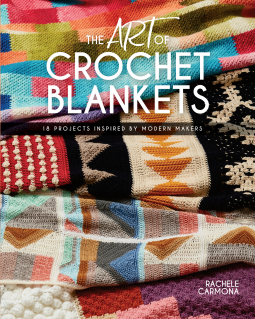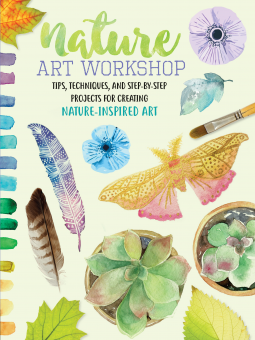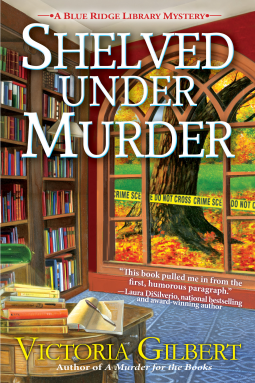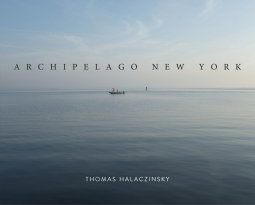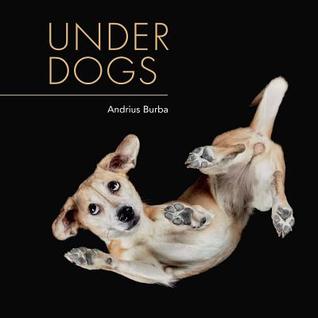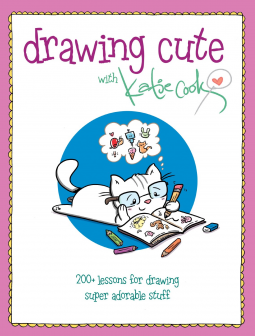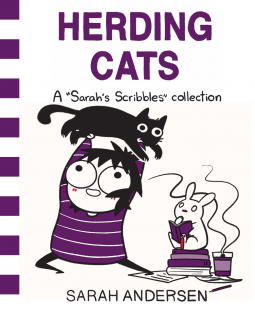The Bad Twin by Avery Scott is a stand alone contemporary romance. Being the good twin isn't all it's cracked up to be. Abby Levesque knows that better than anyone. While her sister drifts through life carefree, Abby's left to clean up her messes. The latest mess? Hudson Quinn— the hot, angry billionaire on her doorstep demanding she accompany him to Paris. He's obviously mistaken her for her twin, Gabby, who happens to be his assistant. Too bad Gabby is nowhere to be found. If Abby wants to fix her sister's latest blunder, she'll have to pretend to be someone else for two weeks—preferably someone who isn't wildly attracted to her mercurial boss. As far as Hudson's concerned, his sexy-but-flaky new personal assistant is just another in a long line of terrible decisions and failures in his life. But he's working on the deal of a lifetime—a deal that could change everything for him—and he needs her help to close it. The last thing he ever expected was to connect with her on a soul-deep level. Falling in love wasn't part of the job, and when Hudson finds out who she really is, Abby's terrified he'll never forgive her. With a billion-dollar deal—and both their hearts—on the line, can Abby convince Hudson she's the right twin for him?
The Bad Twin has some great points, and some things that just did not work for me. I liked Abby for the most part. She is hanging on by a thread and doing everything she can to keep herself- and her twin- in the house the love, fed, and with electricity. Her sister is no help, and causes more problems that aiding in solutions. I can understand the desperation of pretending to be Gabby and getting herself in the difficult situation. I can even understand Hudson not noticing- because he is so focused and driven on the business side that I suspect subtle differences are sometimes unnoticed. I liked the get to know you between the characters, and the slow build between them. I think the big reveal that Abby was not Gabby could have come sooner- and it would have worked better for me. I felt like the book was almost over at the point and the final coming together was more of an afterthought rather than the big climax of the story. I would have like some more 'coming to terms' time for the couple together. I also had some issues with the fact that the smart twin never thought to have the artwork in her house appraised. Just for insurance purposes that would have been the responsible thing to do- but when you are scrounging to get utilities turned back on I would think the idea of selling at least the art you do not like would have been considered. I also was a little bothered by the sudden personality change of Gabby toward the end- I liked the idea, and the majority of the writing but the last few chapters just fell flat for me.
The Bad Twin is a love story with a great premise and good characters. It was an enjoyable read but it did not grab me the way I was hoping it would.







